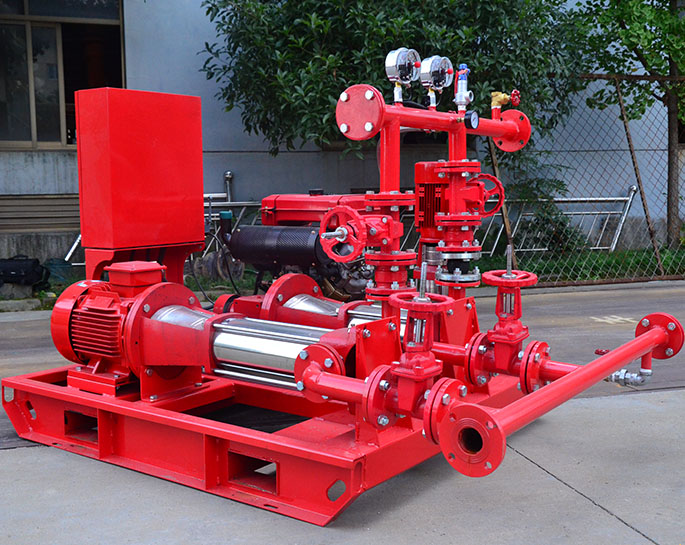How is the water diversion time of the fire pump estimated?
The water diversion time of a fire pump refers to the time it takes for the pump to start delivering water after it has been activated. This is a critical factor in firefighting operations as it directly impacts how quickly water can be applied to suppress a fire. The estimation of water diversion time involves several factors and considerations:
-
System Design: The design of the fire pump system plays a significant role. Factors such as the type and size of the pump, the diameter and length of piping, and the layout of the system all influence the water diversion time.
-
Pump Activation: The time it takes to activate the fire pump once it receives a signal is important. This can depend on the type of activation mechanism (e.g., manual switch, automatic sensor, remote activation) and the responsiveness of the system.
-
Priming Time: If the fire pump is not a self-priming pump, it might require a certain amount of time to prime, which means filling the pump and the connected piping with water to create the necessary suction. This priming time can vary based on pump design and system conditions.
-
Suction Source: The time it takes for the pump to establish suction from the water source (e.g., reservoir, hydrant) also affects the water diversion time. If the water source is distant or the suction setup is complex, it can add to the delay.
-
Piping and Friction Losses: The length and diameter of the piping between the pump and the water source, as well as the presence of bends, valves, and other components, contribute to friction losses that can slow down water diversion.
-
System Pressure: The pressure in the system is crucial. If the pressure needs to build up to a certain level before water is diverted, it can add to the response time.
-
Power Source: The time it takes for the pump's power source (such as an electric motor or an internal combustion engine) to reach operational speed can impact the overall response time.
-
Maintenance and Readiness: Regular maintenance and testing of the fire pump system can ensure that it is in optimal working condition, reducing the risk of delays during activation.
To estimate the water diversion time, engineers and fire safety professionals typically consider all these factors, often through simulations and calculations based on the specific system design and components in use. It's important to work with experts who are knowledgeable about fire pump systems to ensure accurate estimation and effective firefighting response.







